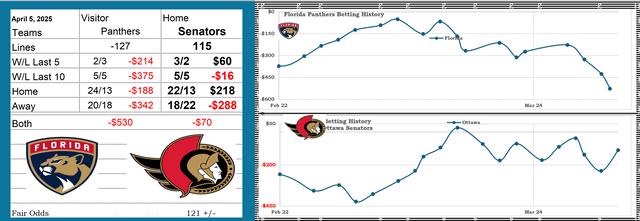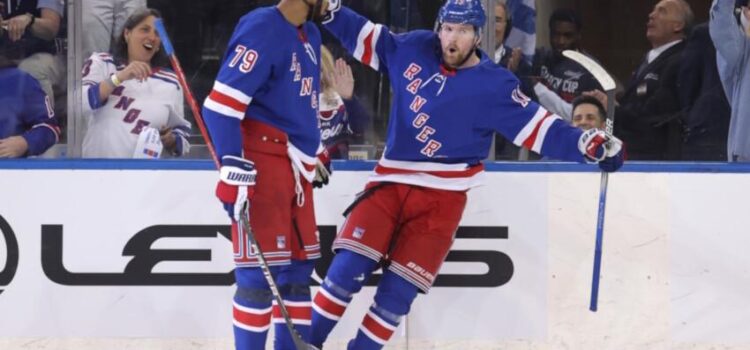
The Pittsburgh Penguins layer strategy isn’t just about slap shots and hat tricks. It’s a blend of contract magic, roster puzzles, and the ever-elusive Stanley Cup dreams. One phrase buzzing around is the “Kris Letang Contract.” Why? Because this contract has some far-reaching implications for the team. Let’s dive into the dynamics and strategize together like we’re huddled up before game time.
Kris Letang Contract: What’s the Deal Here?
Let’s bench all the stats and talk Kris Letang Contract. Signed not too long ago, it’s crucial for Letang and the Penguins. The contract sets the tone for the team’s confidence in Letang’s abilities and experience. Is it a perfect play? Time will tell. As fans, we feel the impact as the team navigates through performance hiccups.
Sidney Crosby: The Franchise’s Foundation
Sid’s not just a player. He’s a standard, like a compass pointing North. With the recent contract extension—two more years at $17.4 million—Crosby’s staying put. His no-movement clause signifies his integral role, one that holds the young blood together, guiding them through stormy NHL waters.
Why the Crosby Extension Matters
- Leadership: Crosby’s influence is profound. Younger players watch and learn.
- Stability: His presence can calm tumultuous roster changes.
- Strategy: Being a franchise player, his contract echoes future ambitions.
Sysco vs Letang Contract Decisions
So, why all the buzz about both contracts? Crosby’s and Kris Letang’s contracts show different paths. While Crosby remains a solid pillar, the Kris Letang Contract may involve more scrutiny because of his recent performances. They can’t just pull the trigger and make big decisions without thinking it through. It’s like chess, not checkers.
Contract Management: Balancing Acts
- Flexibility vs. Security: Ensuring both present performance and future growth.
- Young Guns vs. Seasoned Vets: How do you mix this blend?
Kris Letang Contract and the Roster Shuffle
The Penguins aren’t just twiddling their sticks here. Contracts like the Kris Letang Contract are part of a broader shuffle of players, ensuring a mix of seasoned players and fresh talent. Guys like Philip Tomasino and Owen Pickering are like secret weapons—waiting for their moment to shine.
Challenges: Addressing the On-Ice Chemistry
- Performance Variability: One day they’re on fire; the next, crickets. It’s like a batting average on a rollercoaster.
- Trade Potential: Players like Beauvillier and Rakell might be making those tough decisions soon enough.
Spotlight on Rising Stars
The future hinges not just on legacy players but emerging ones ready to up their game. Players like Tomasino and Pickering might redefine the team dynamics. Drawing in young talent keeps the lineup fresh, and their hunger for success can be contagious.
Letang’s Impact and Team Performance
When Letang is in the groove, the team feels it. His contract is pivotal, impacting not just who plays but how everyone else stacks up. The synergy he builds with the defense can change a game’s trajectory.
Recent Wins and Battles
The recent nail-biter against Edmonton showcased the team’s fighting grit. Hayes and O’Connor brought some heat. It’s like watching a suspense thriller unfold on the ice.
Kris Letang Contract: Future Implications
So, ask yourself: where do the Penguins go from here? The Kris Letang Contract shapes future negotiations and roster strategies. It’s not just about the numbers; it’s about crafting a competitive team, year after year.
Future Planning
- Salary Cap and Player Development: Balancing player salaries while nurturing talent.
- Long-Term Vision: Building an enduring legacy as a top-tier franchise.
Wrapping It Up: Team Strategy and Vision
The Penguins’ game plan strikes a balance between gripping immediate needs and paving a sustainable path forward. By tactfully leveraging contracts, protecting talent like Crosby, and fostering potential within newcomers, Pittsburgh embraces its future.
Ultimately, it’s a tightrope walk. But as Penguins fans, we know they’re in it for the long game. Amidst the myriad complexities of contracts and player dynamics, the Kris Letang Contract symbolizes more than just a financial agreement; it’s about plotting the future of hockey strategy.
For further NHL musings, check out these trusted insights: NHL Trade Rumors and Top NHL Prospects.
Remember, we aren’t just spectators—we’re part of this team’s journey. Let’s enjoy every twist and turn.









